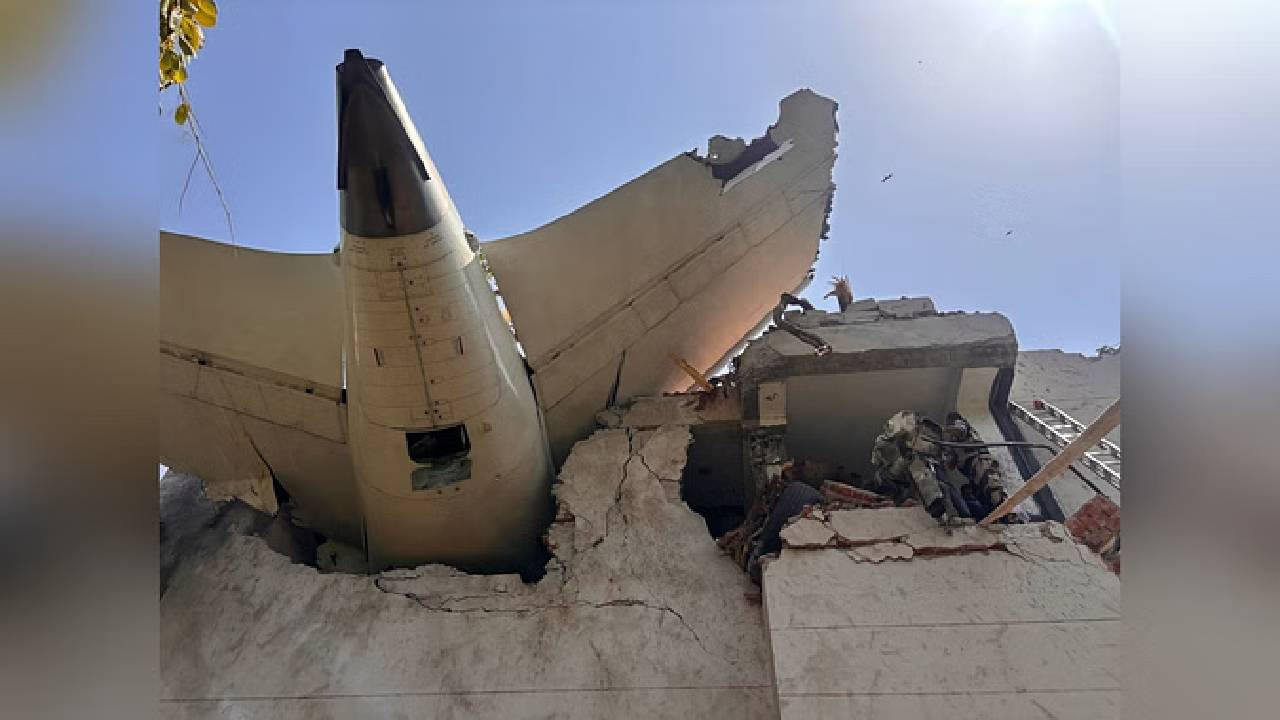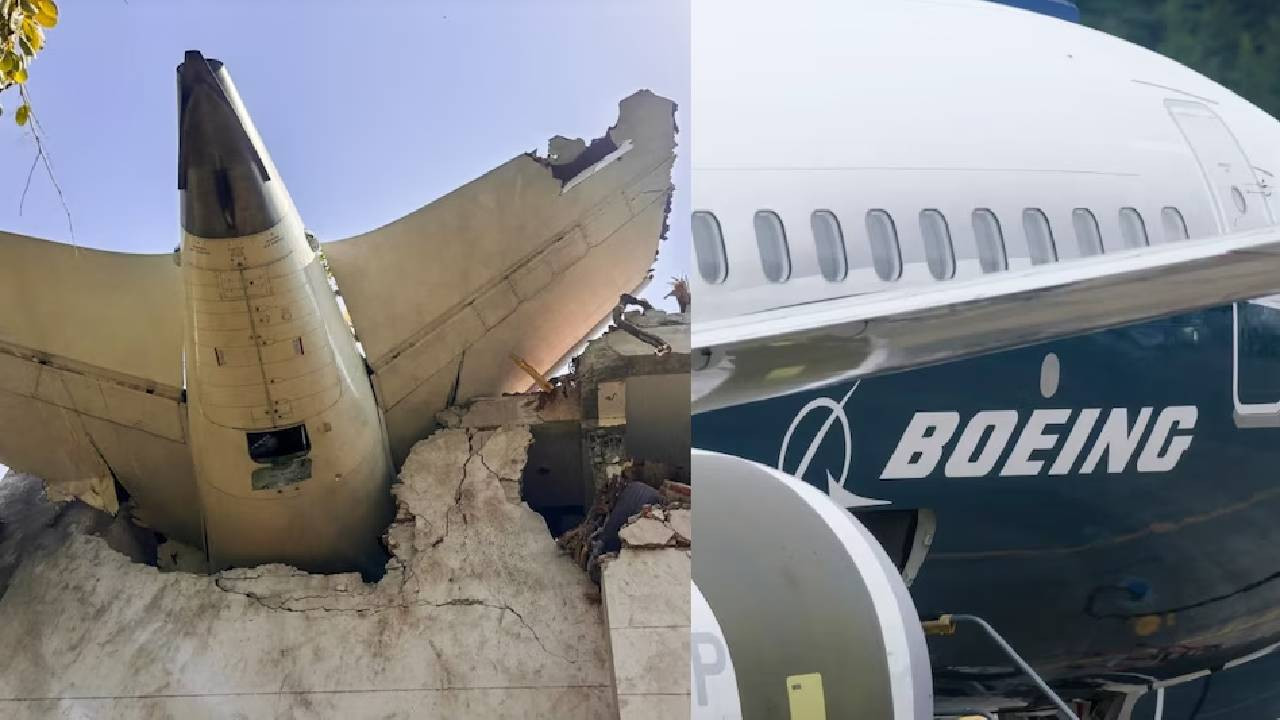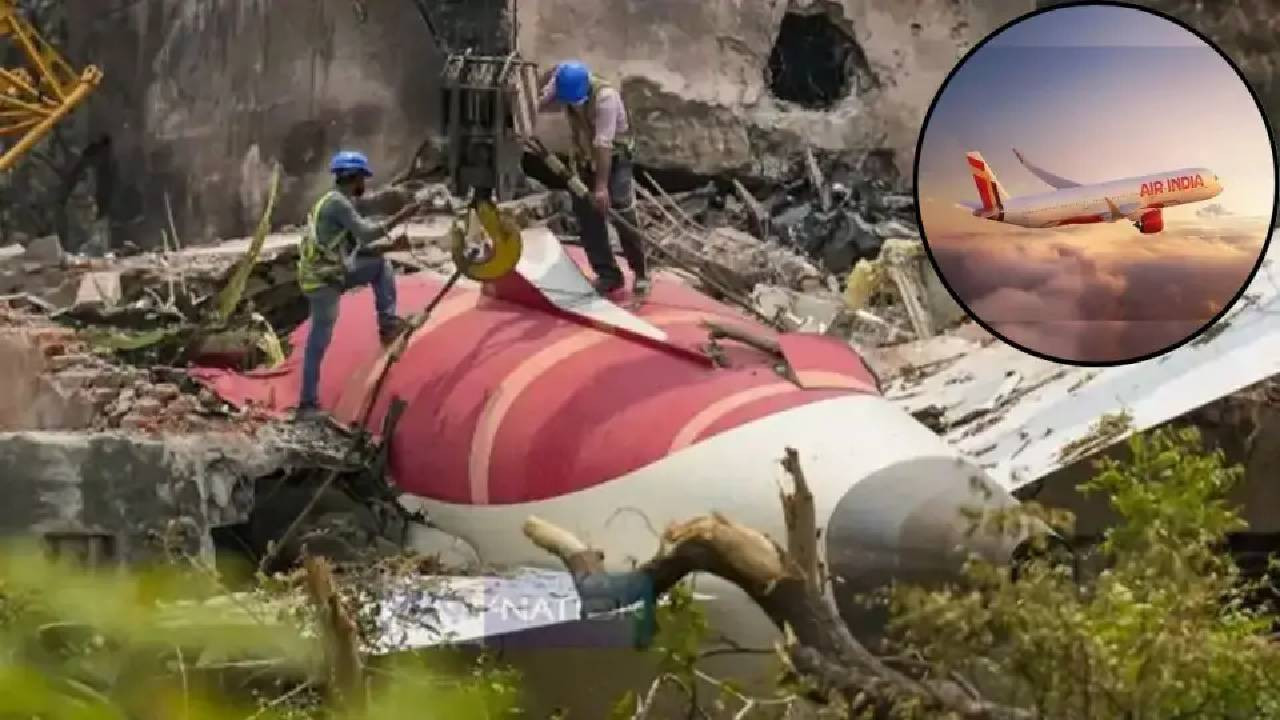National New: India's Aircraft Accident Investigation Bureau (AAIB) has released its preliminary report on a major Air India plane crash, which has made shocking revelations. According to the report, in the Ahmedabad accident that took place on June 12, just seconds after the plane took off, both engines of Air India's Boeing 787-8 Dreamliner aircraft stopped working in an interval of about one second.
According to media reports, the 15-page report of the AAIB states that when the aircraft reached a speed of 180 knots at 08:08:42 UTC, the fuel cutoff switches of Engine 1 and Engine 2 changed from "run" to "cutoff" position. This interrupted the fuel supply to both engines, and the engine speed dropped suddenly.
The plane crashed within seconds
Due to this serious technical defect, the plane could not gain altitude and crashed within seconds of takeoff. A total of 260 people, including 241 passengers and 19 other crew members on board, died in this accident.
The report quotes the cockpit voice recorder (CVR) as showing one pilot asking the other, "Why did you cut off?", to which the answer was, "I didn't." This has raised suspicions of possible confusion between the pilots or a technical fault.
Damage to the airframe flight recorder
The AAIB said that the extended airframe flight recorder mounted in the rear of the aircraft has suffered extensive damage, making it difficult to retrieve data using conventional methods. Apart from this, the deployment of the ram air turbine (RAT) has also been confirmed, which automatically activates to supply power in case of an engine shutdown.
Confirmed by drone photography
Airport CCTV footage and drone photography confirmed that the plane started losing altitude soon after takeoff. The report also clarified that no significant bird activity was observed in the flight zone at the time of the incident, ruling out the possibility of a bird collision. At this time, the AAIB has not made any recommendations to Boeing or the engine manufacturers. The investigation is ongoing and several key components have been isolated for further analysis.












